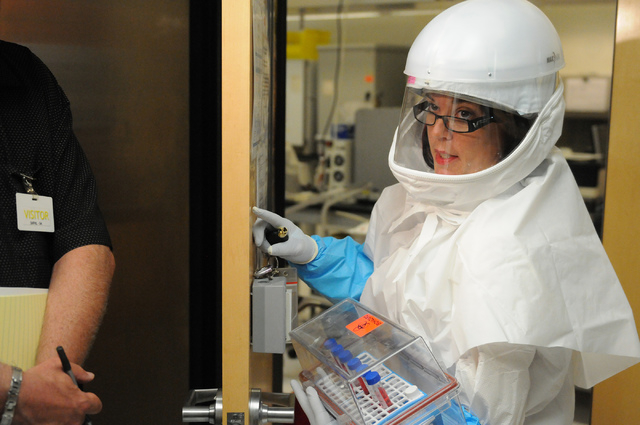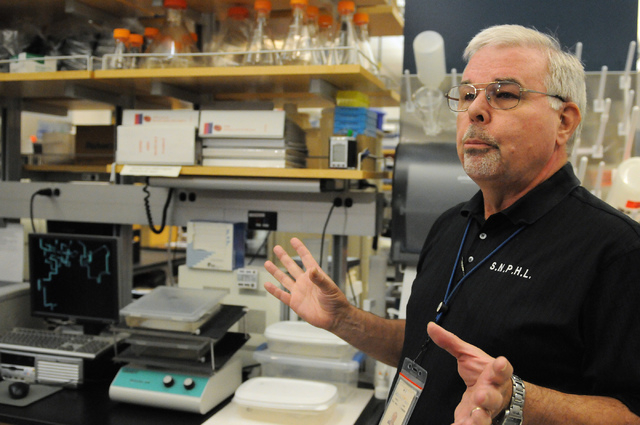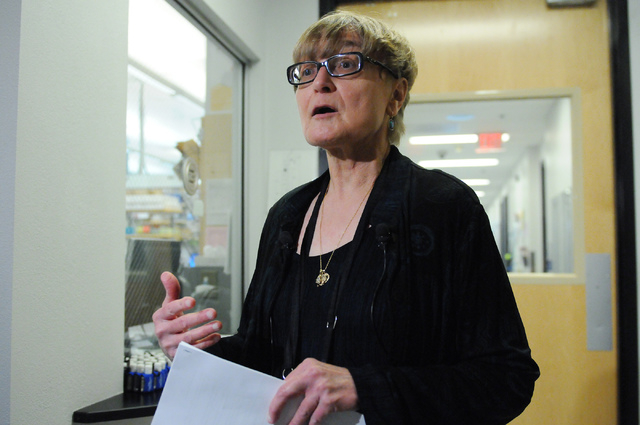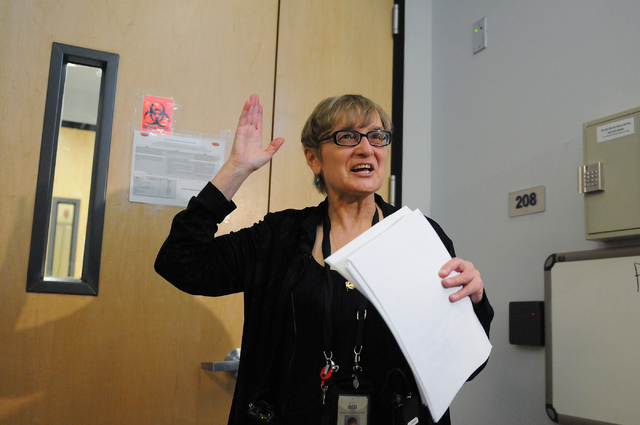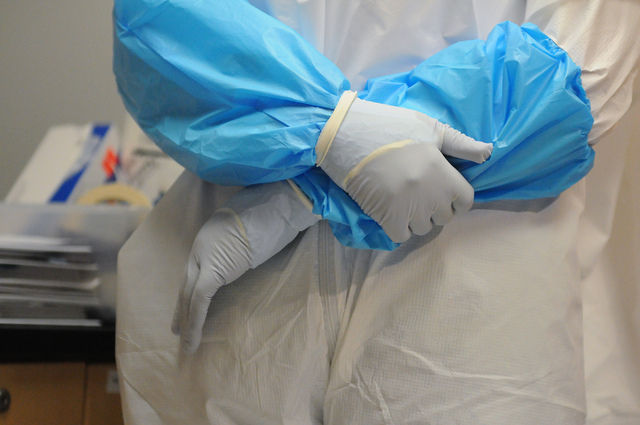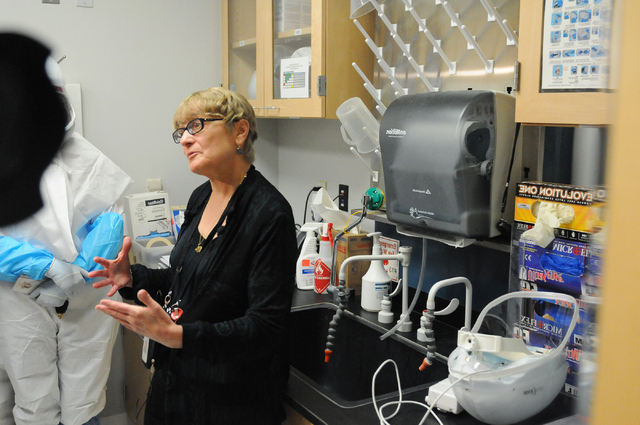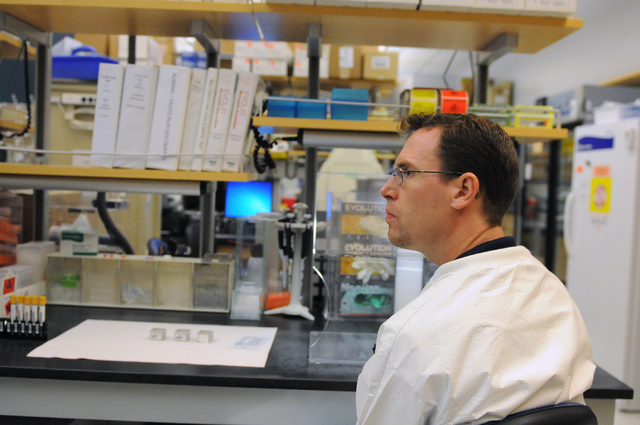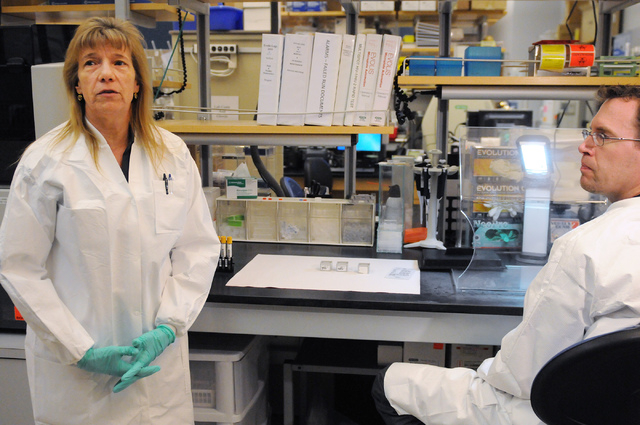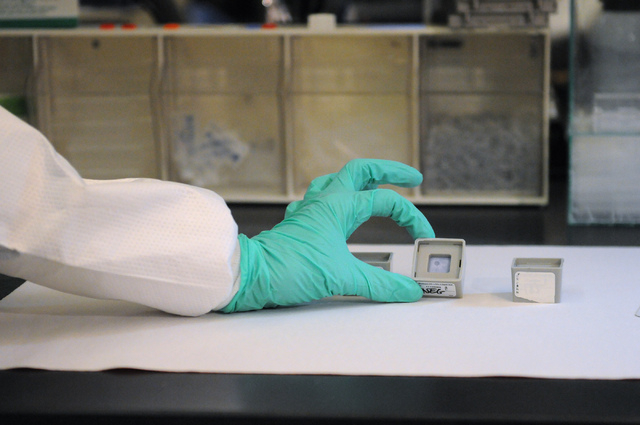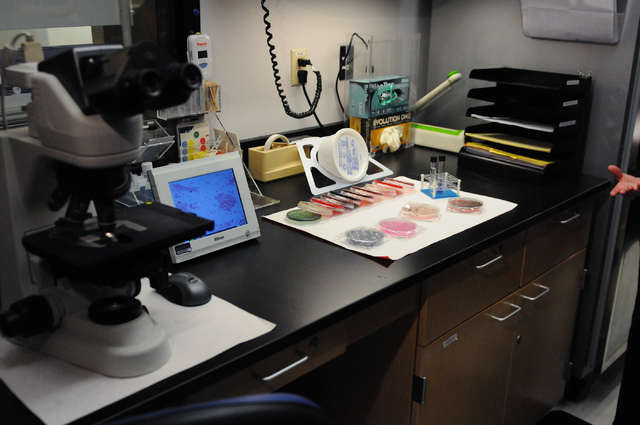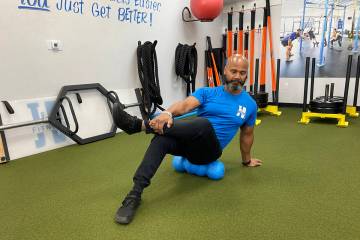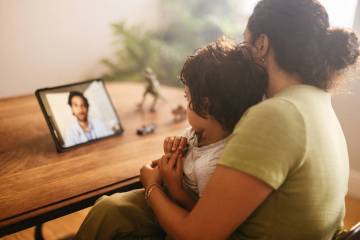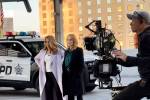Reporters tour public health lab 10 years after it opened
Flasks and beakers here, microscopes and test tubes there, a room where scientists routinely do their work in spacesuit-like garb to protect from biohazards. Reporters finally got a look at this second- floor laboratory just a few miles from downtown Las Vegas that was spawned by terrorist and anthrax attacks 13 years ago.
Patricia Armour, manager of the Southern Nevada Public Health Laboratory, asked reporters not to reveal the lab’s location Wednesday during the first media tour of the complex since it was finished in 2004.
“With so many strange people out there,” she said, it wouldn’t be wise to let some people know about a place that might be asked to handle indigenous or exotic and potentially lethal agents — everything from anthrax to the plague.
Armour noted that the federal government identified Las Vegas as one of the prime targets for bioterrorist activities after the Sept. 11, 2001, terrorist strikes by al-Qaida and the anthrax spore attacks, which began a week later. Letters with the bacterial disease killed five people and infected 17 others.
Yet Las Vegas was the only major metropolitan area in the country without a public health laboratory within 100 miles.
With money from federal and local agencies, Southern Nevada officials retooled a building as a laboratory to do not only bioterrorism testing but also public health testing to detect food-borne and respiratory illness and sexually transmitted diseases.
“We do about 80 to 100 HIV and 80 to 100 syphilis tests every day,” Armour said.
Food-borne disease, Armour said, is a constant problem.
She said that within 72 hours, the lab was able to ascertain the salmonella bacteria that caused hundreds of people to become ill at the Firefly restaurant on Paradise Road last year. The district shuttered the eatery on April 26, 2013.
While she stressed that you can’t hurry up scientific protocols that must be done in precise fashion, she said the health district tries to find the source of a problem as quickly as possible to protect the public safety. Weekend work during a public health outbreak is a necessity, she said.
She showed off a microscope with a digital camera that makes it possible to immediately send off images to the Centers for Disease Control and Prevention in Atlanta — an ability that allows the federal agency to know whether, say, a salmonella outbreak is local, regional or national in nature.
That information, she said, can be used to warn people about eating a certain kind of food.
Armour said the lab also makes available to doctors each week test results that show which respiratory illnesses are prevalent in the community, a service that can help prevent doctors from dispensing unnecessary antibiotics.
“Antibiotics don’t work on viruses like the flu,” she said.
Researchers have said repeatedly in recent years that if antibiotics are used too often for things they can’t treat — like colds, flu or other viruses — they become less effective against the bacteria they’re intended to treat.
Sixteen people, which include scientist and lab assistants, work in the lab where the equipment appears to be overtaking the staff’s work space.
“It is pretty tight in here, isn’t it?” Armour said as six media members continually bumped into each other as they moved from one lab bench to another to study what health investigators use in their work.
Why has it taken 10 years to open the lab to reporters?
Armour said only now did she feel comfortable enough to shut down the lab for part of a day.
“We’re very short-staffed, and it isn’t easy to stabilize the programs when you have outbreaks of one sort of another going,” she said. “But I realize it’s important that the people know that we’re working to protect the public health.”
Contact reporter Paul Harasim at pharasim@reviewjournal.com or 702-387-2908.



